Ethereum’s next major upgrade, known as Fusaka, has successfully passed testing on the Holesky testnet, marking a significant step forward in its path to mainnet deployment. Developers confirmed that core components of the upgrade performed as expected, bringing Ethereum closer to its next phase of network improvements focused on scalability and efficiency.
The Fusaka upgrade builds on previous enhancements introduced during the Dencun phase, with particular attention to improving how data blobs are handled. These blobs are critical for layer 2 rollups, allowing them to post transaction data more efficiently and at a lower cost. With Fusaka, Ethereum aims to boost the blob capacity and improve how data is processed on-chain, helping reduce congestion and fees.
Testing on Holesky provided developers with a controlled environment to simulate real-world conditions and ensure that new features work reliably across nodes. The successful outcome of the test increases confidence in Fusaka’s readiness for mainnet launch, which is still on track for December 2025. Developers will now turn their focus to final audits, public testnets, and coordination across clients to prepare for the upgrade’s activation.
Fusaka is part of Ethereum’s long-term strategy to support a modular blockchain future, where most activity happens on rollups while Ethereum acts as the settlement layer. By continuing to enhance blob handling and reduce costs for scaling solutions, the upgrade is expected to make Ethereum more competitive and user-friendly in a rapidly evolving ecosystem.

.svg)

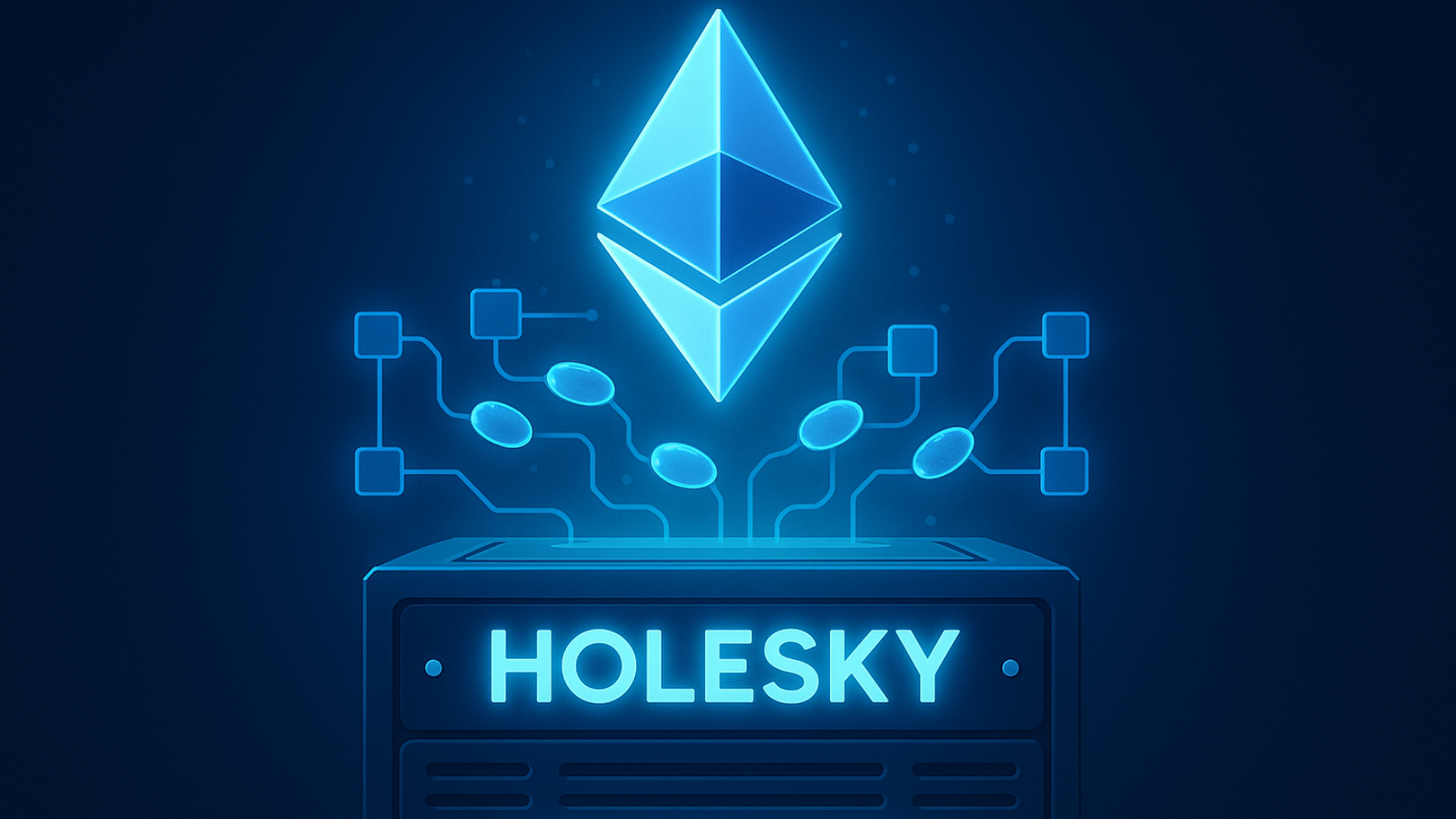

















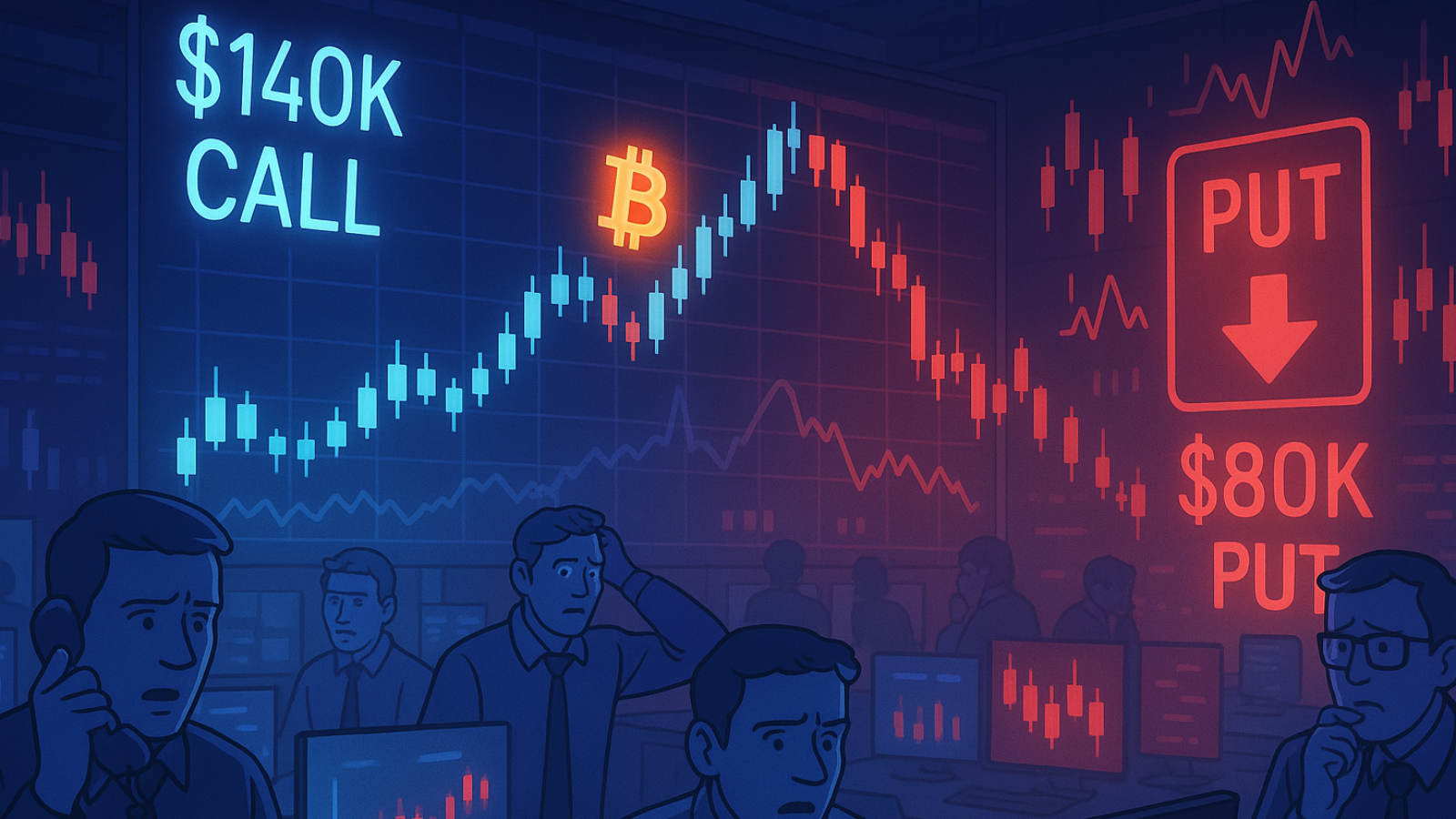






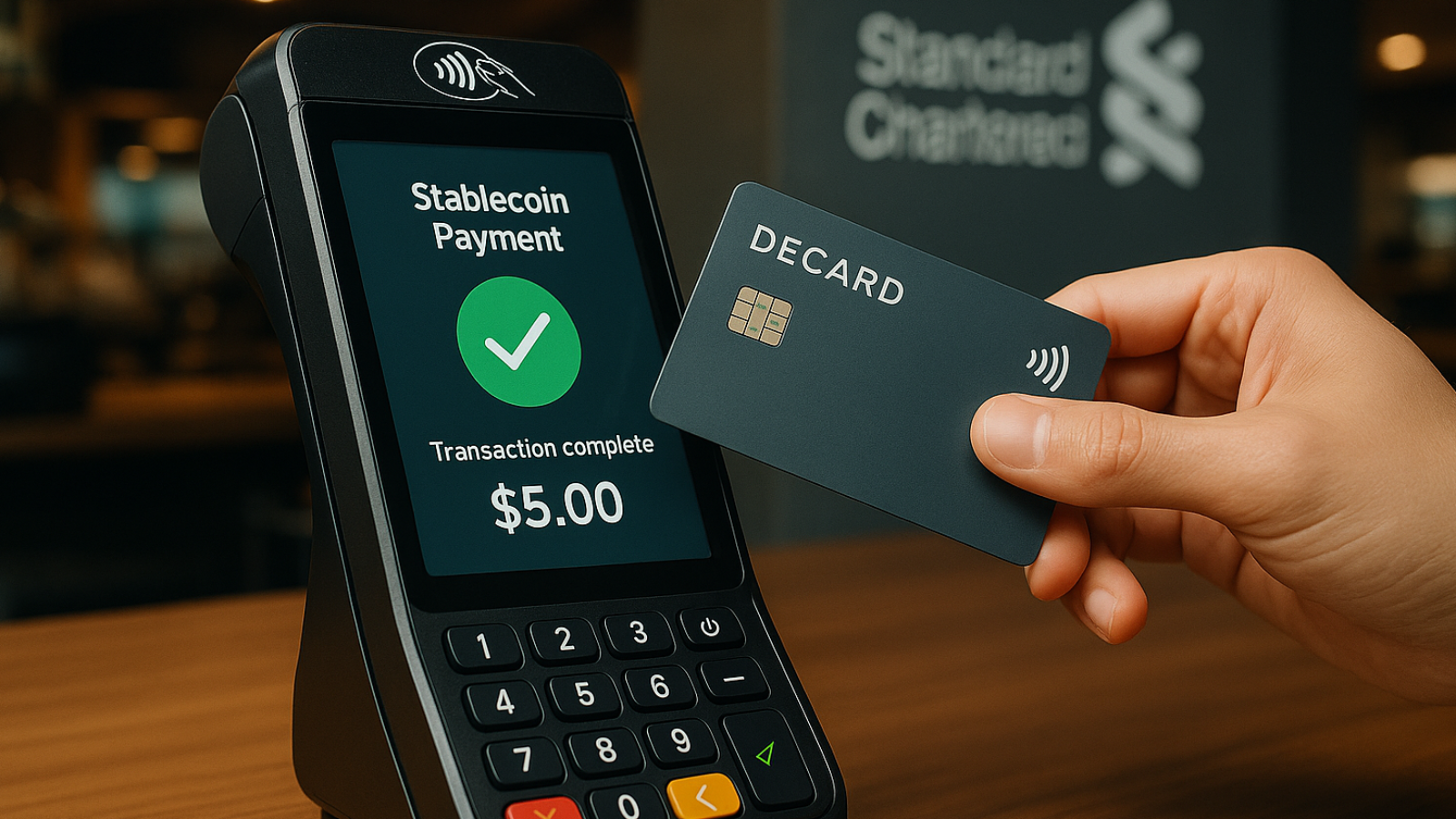


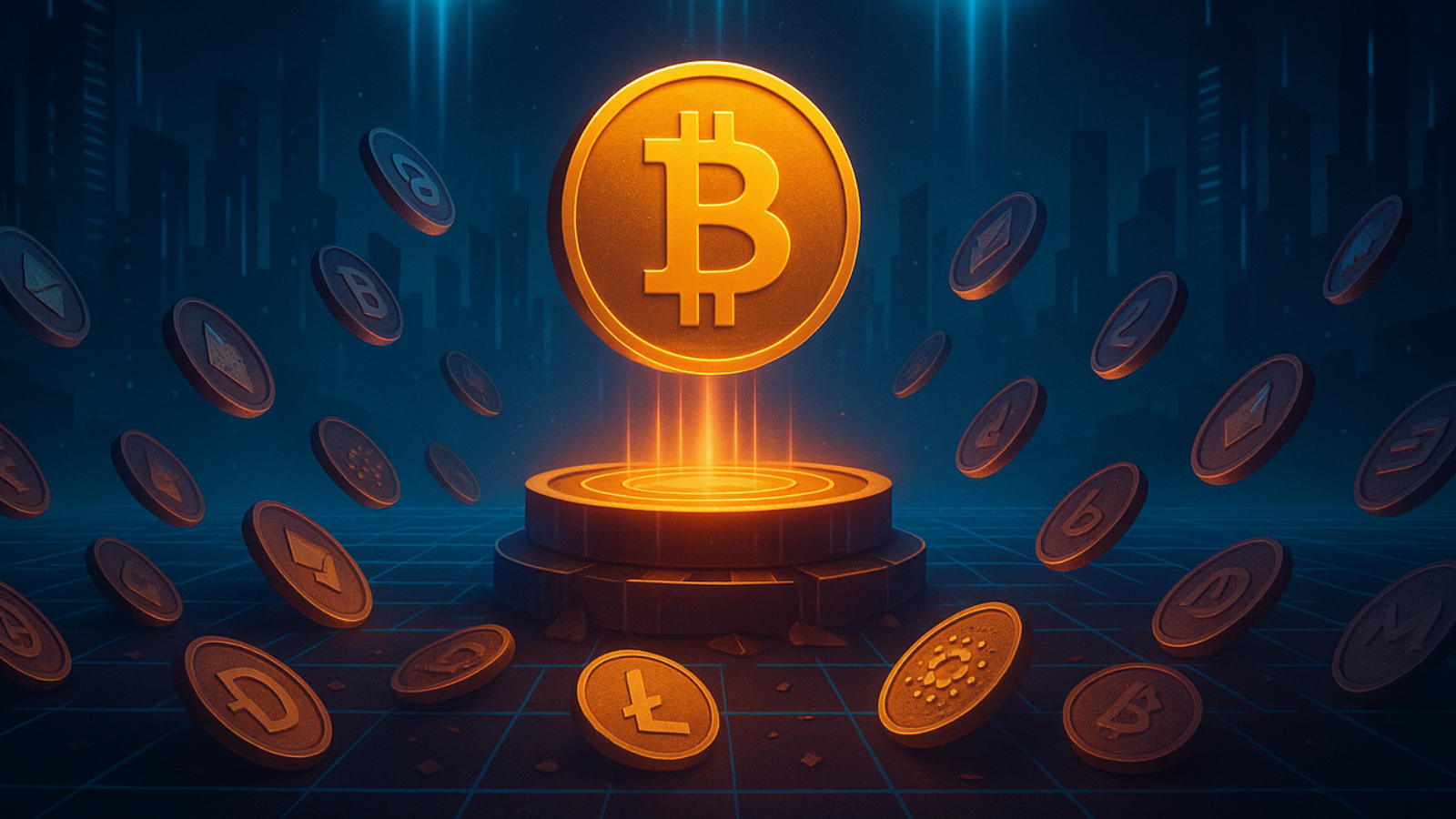


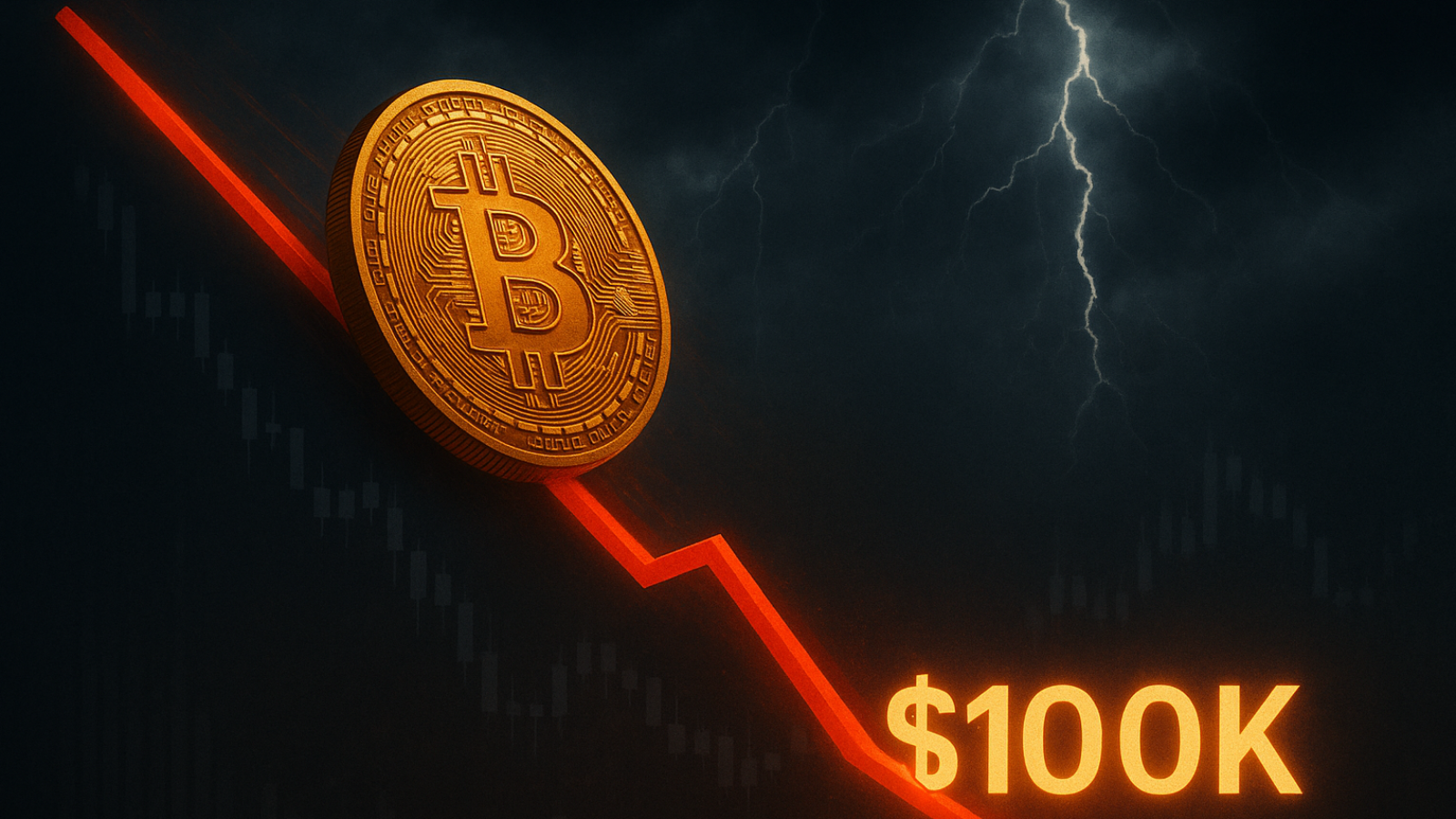




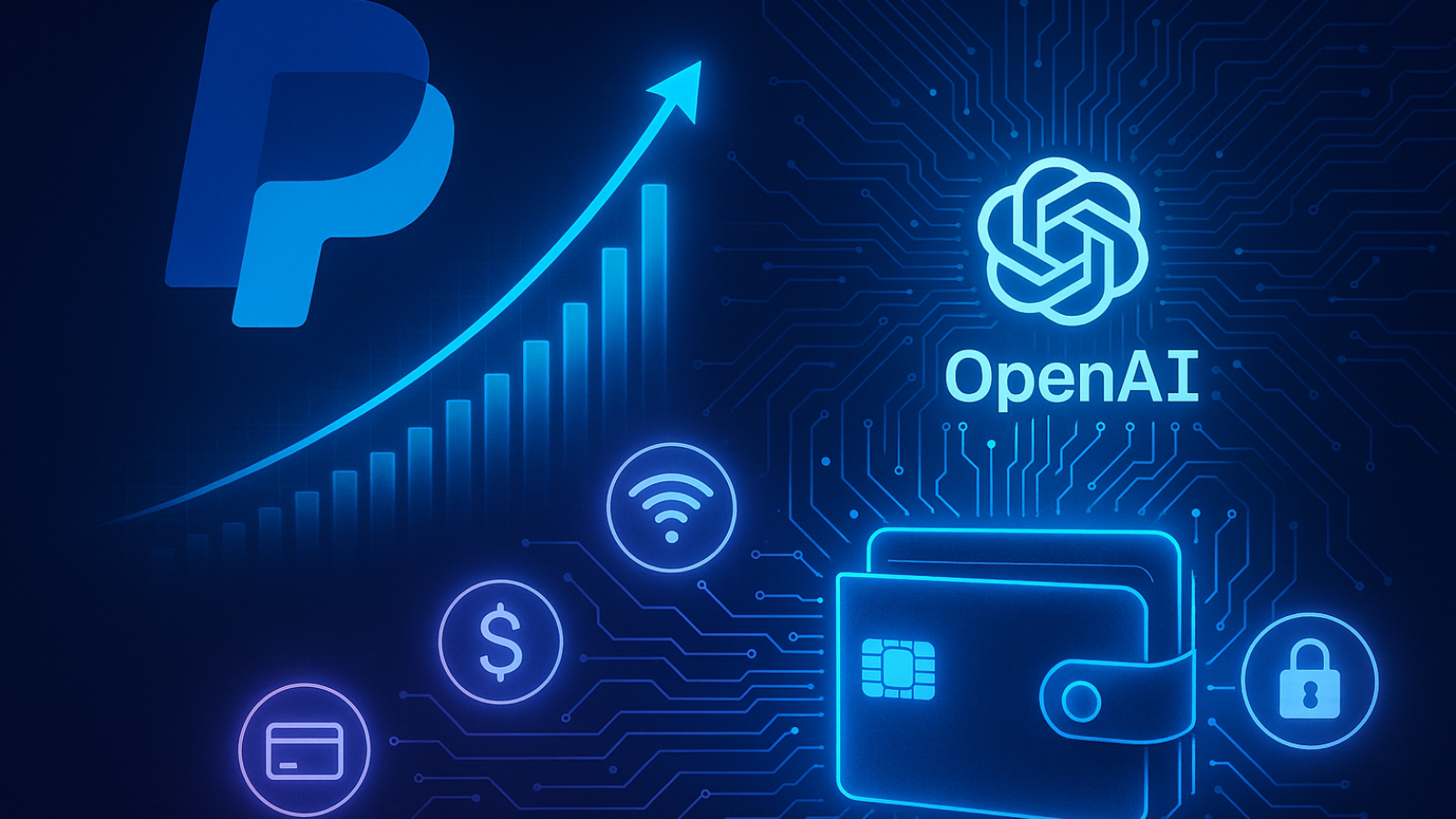









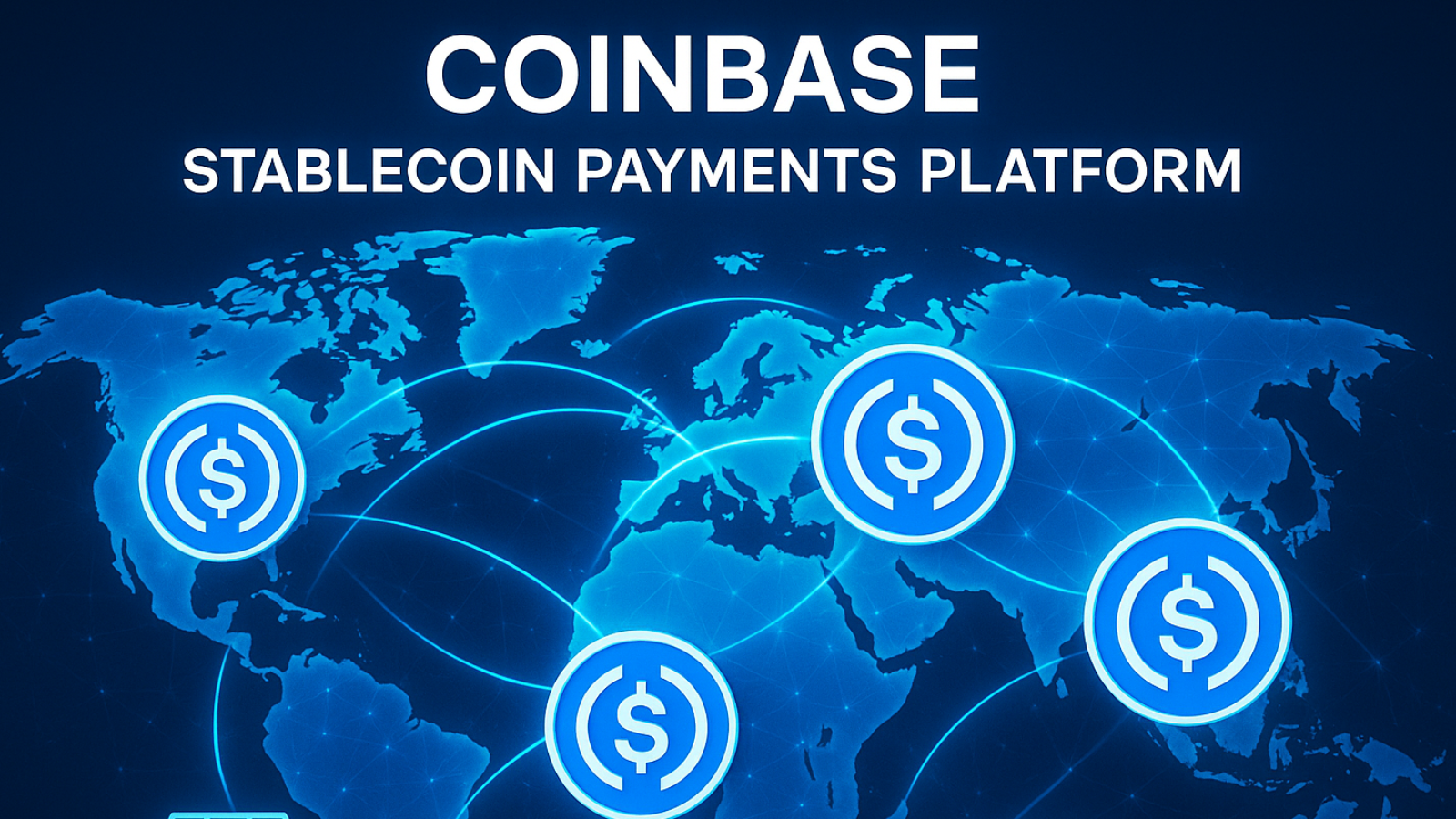

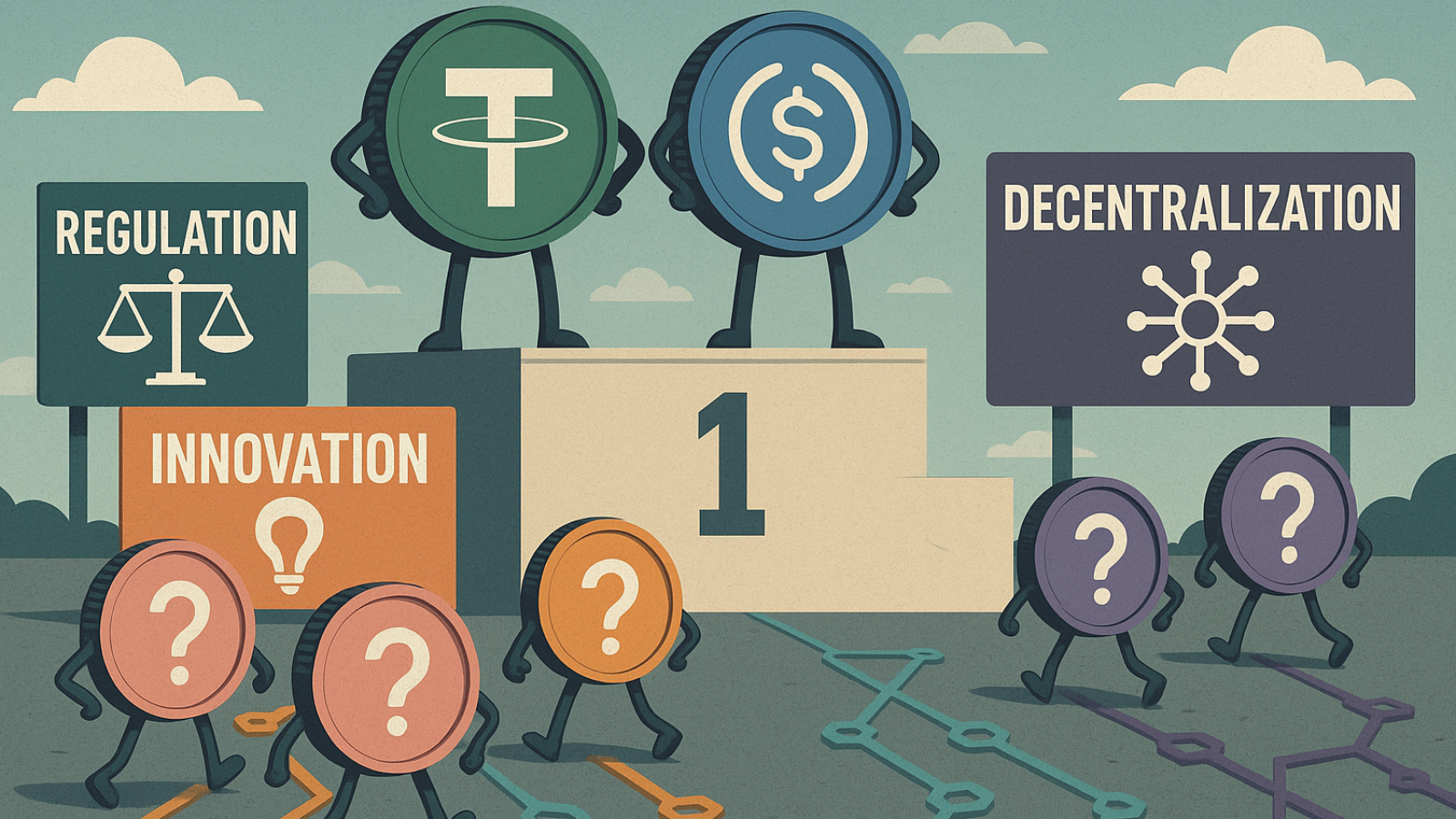









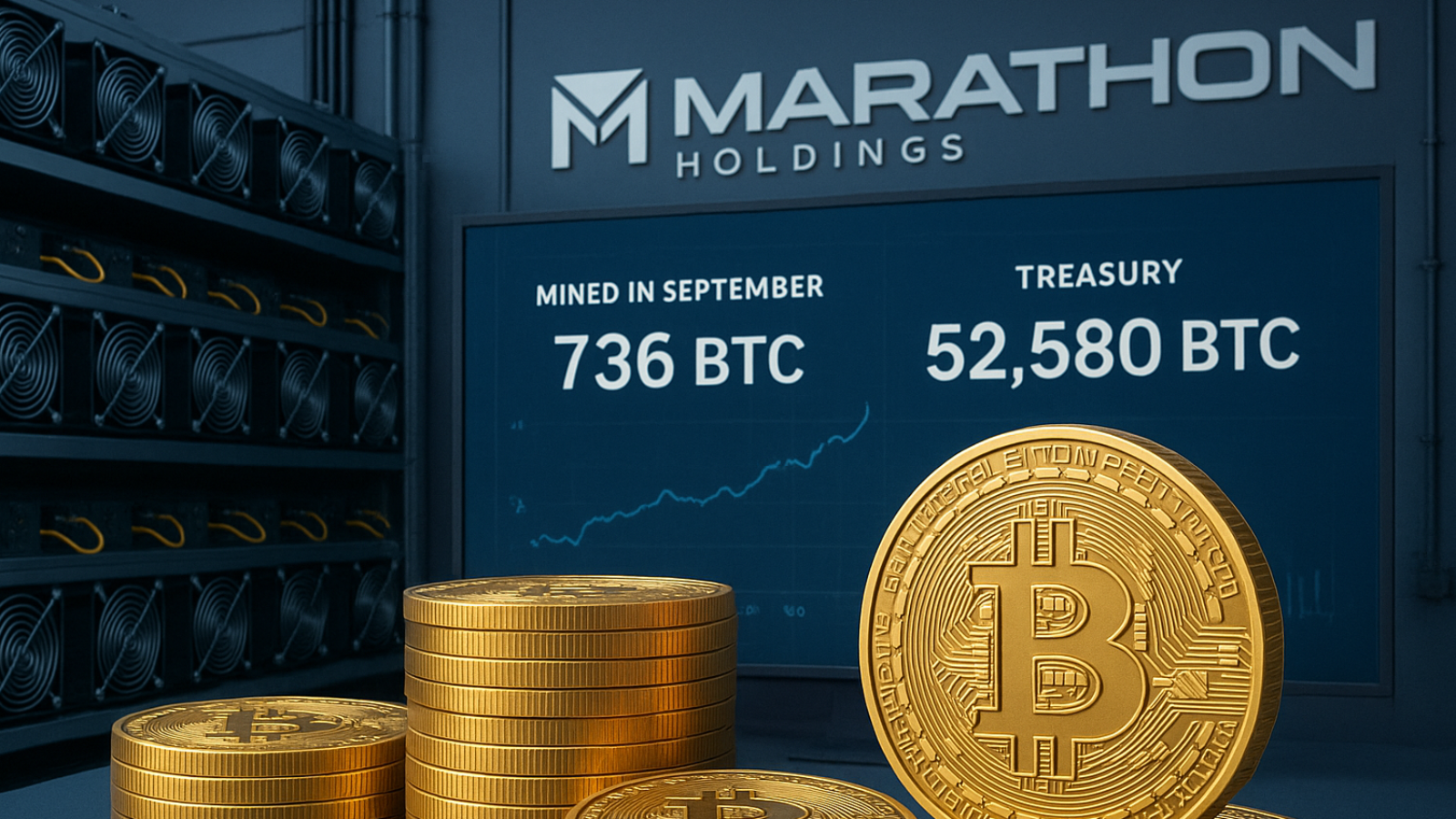



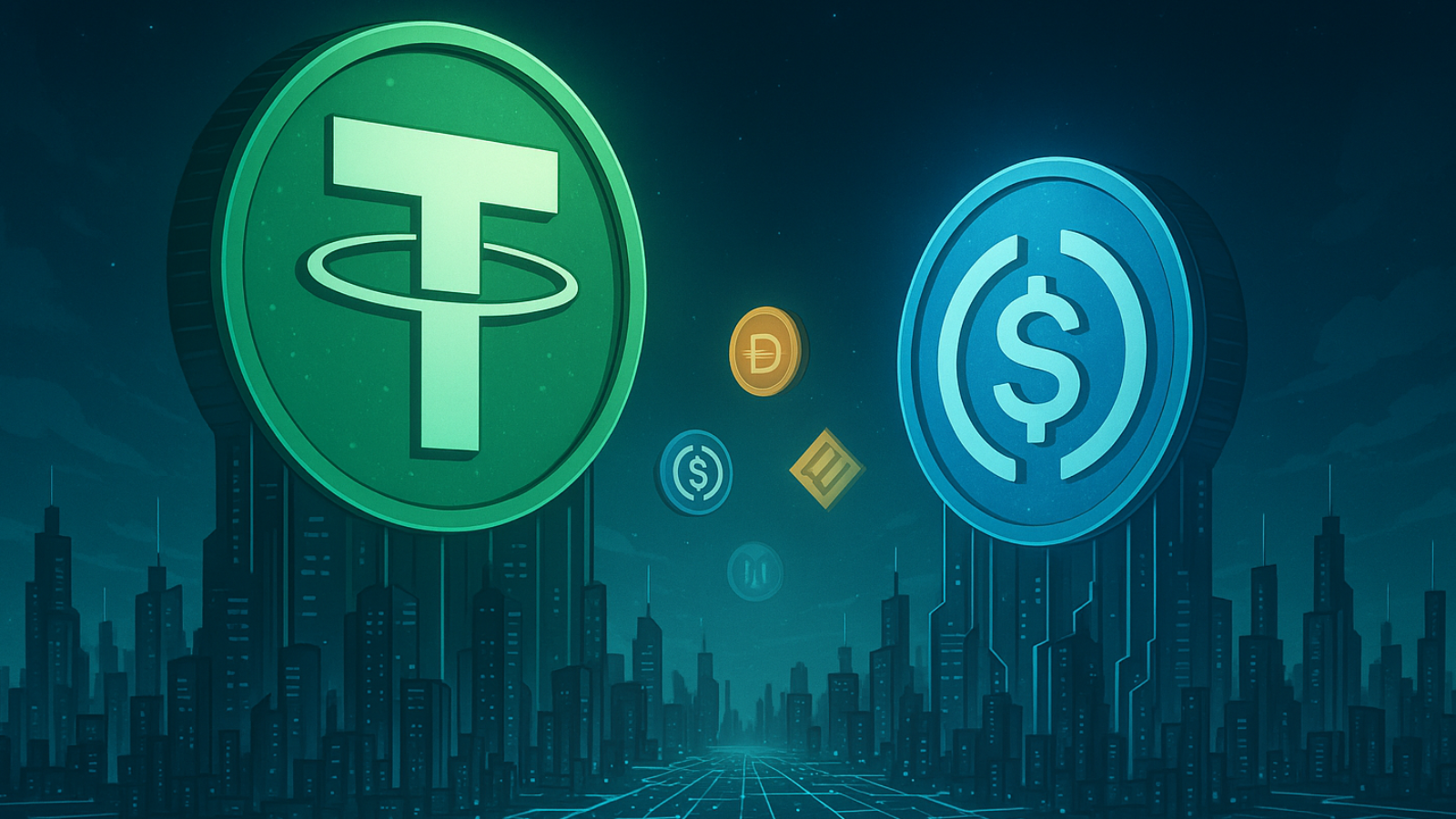


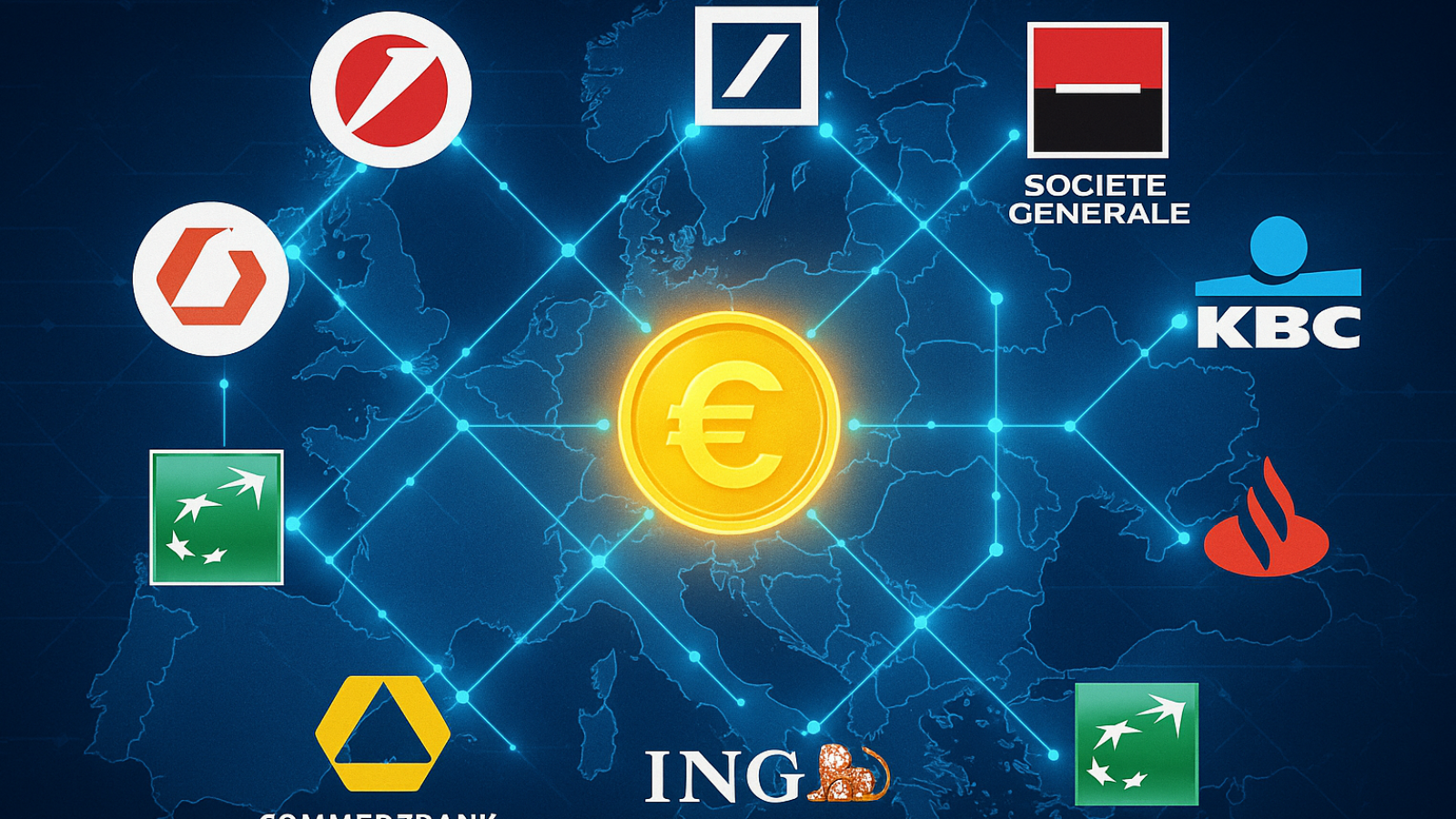








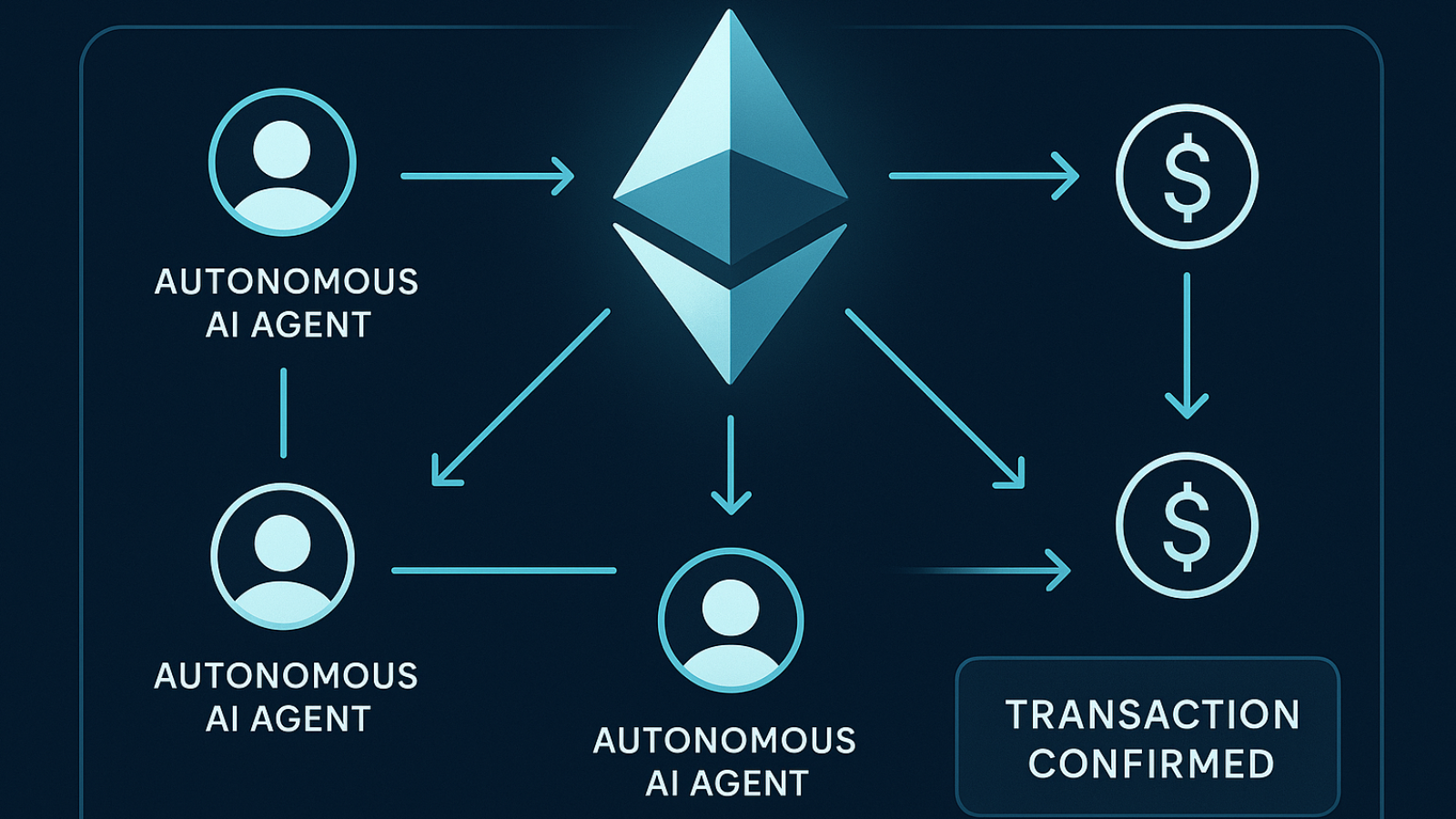













.png)
.png)












.svg)
.svg)
.svg)
.svg)
.svg)
.svg)